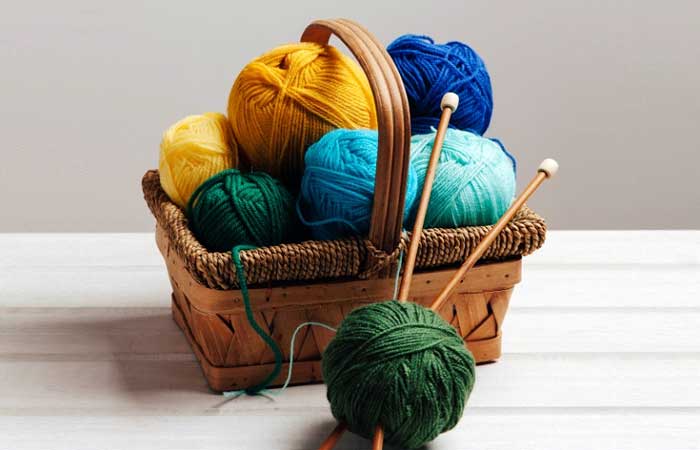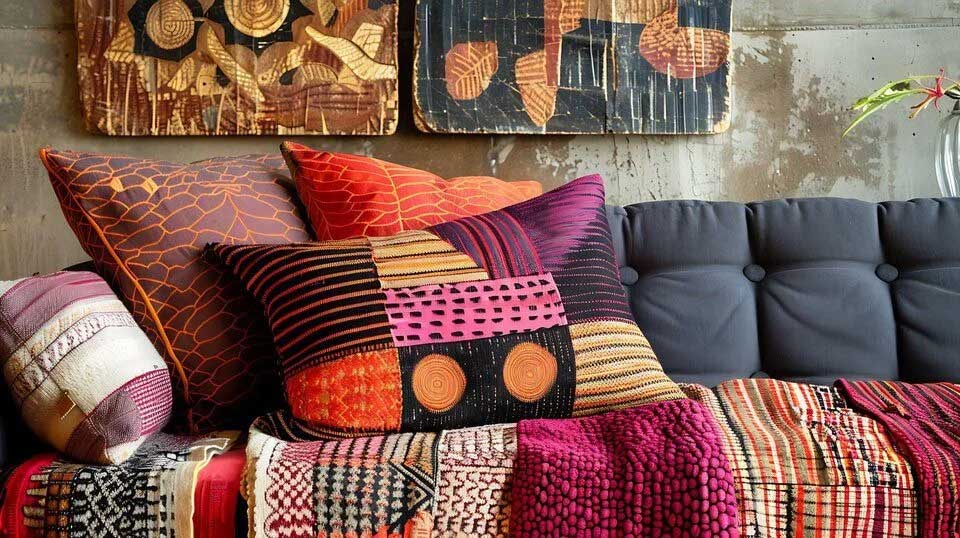
The Ethical fashion market has catapulted into the limelight in post-Covid times with rising awareness among consumers through social media campaigns and government initiatives of the environmental impact of fast fashion, and the growth of e-commerce is currently bringing about this change. The brand manufacturers of the ethical fashion segment are focused on reducing harm to both people and the planet in the whole supply value chain system across garment design, production, and distribution, and consumption.
The ethical fashion market apparels has many segments such as organic, man-made or regenerated, recycled and natural. The man-made or regenerated was the largest segment of the ethical fashion market by product type, accounting for around 50.9% of the total garments, footwear and accessories last year. Although the cheap and cheerful fast fashion clothing segment is the preferred choice of most global fashion consumers, a niche 15% of evolved consumers who make consistent and conscious purchasing decisions based on promoting sustainability and a greener environment are pushing this segment forward.
BRC report highlights an expected 8.6% CAGR growth by 2032
A recent report on the Ethical Fashion Global Market Opportunities And Strategies To 2032 from The Business Research Company(BRC) has given a comprehensive global perspective to industry leaders on this niche market covering 12 geographies while creating regional and country strategies based on local data and analysis. The report has pointed out that the manufacturers of the ethical fashion market have been having a field day. The ethical fashion market reached a value of nearly $7,548.2 million in 2022, having grown at a Compound Annual Growth Rate (CAGR) of 6.5% since 2017 and this growth is still continuing.
The global ethical fashion market is currently expected to grow from $7,548.2 million in 2022 to $11,122.2 million in 2027 at a rate of 8.1% after which it accelerates further to grow at a CAGR of 8.6% and reach $16,819.0 million by 2032. The BRC report has now better-identified growth segments for investment and also understood customer profiling better based on the latest market research findings which will help companies outperform competitors using forecast data and market trends.
Ethical fashion market segmentation
The ethical fashion market is segmented by product into organic, man-made/regenerated, recycled, and natural. The market is secondly further categorized by Type which includes Fair Trade, Animal Cruelty-Free, Eco-Friendly, and Charitable brands where the animal cruelty-free segment is the accounting for 43.3% of the total last year. However, the eco-friendly segment will be the fastest-growing segment in the ethical fashion market growing at a CAGR of 10.6% during 2022-2027. The third category is the end-user which is classified into men, women and children, where the women segment is the largest as in most fashion segments and accounts for almost 52.4% of the total garment production last year. The men’s segment is currently growing rapidly in the material segment of ethical fashion market at a CAGR of 8.3%during 2022-2027.
The Asia Pacific has always been the largest region in the ethical fashion market, accounting for 33% of total sales last year followed by Western Europe. However, in times to come, Eastern Europe and South America will be growing the fastest at CAGRs of 12.5% and 10.3% respectively.
The main brand players in this market are Eileen Fisher as the largest competitor with 2.98% of the market, followed by LVMH Moet Hennessy Louis Vuitton with 2.63%, Levi Strauss & Co. with 1.66%, H&M Conscious (H&M Group) with 1.65%, Reformation with 1.34%, Everlane with 0.89% and Tentree, Patagonia, Inc, Wear PACT, and United By Blue, all with below 1%.
Many trade fairs such as the Fashion Revolution Indonesia with its second edition in 2022 in Jakarta, are all highlighting the need for ethical and sustainable decisions in the clothes we wear, from yarn to the finished garments. Just like Rome was not built in a day, environment-conscious brands are banking on a minuscule segment of the global consumers who understand the environmental ethics of fast fashion pollution, to bring about a change over the next decade.












